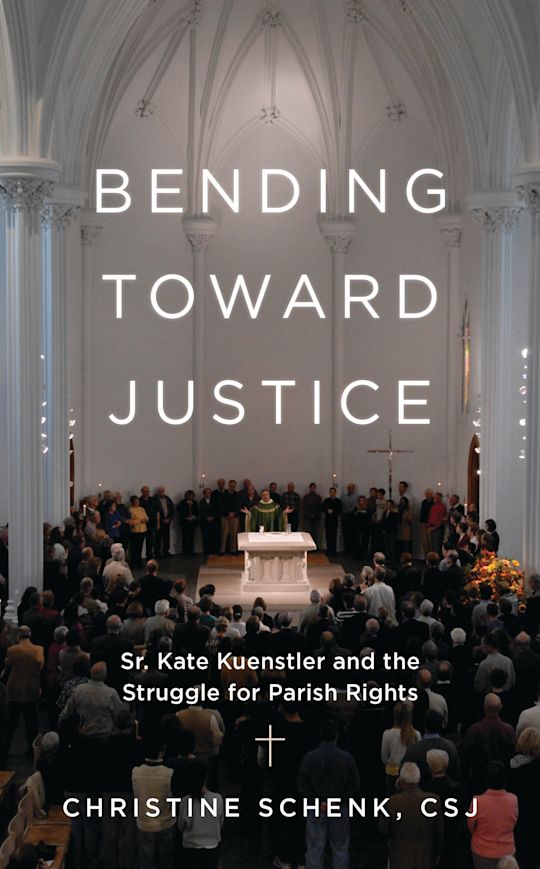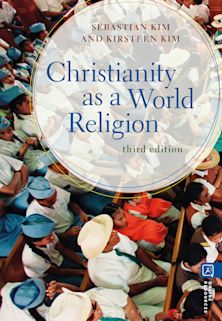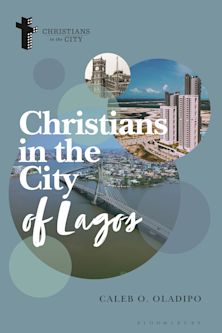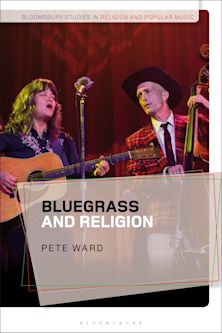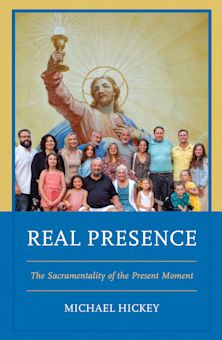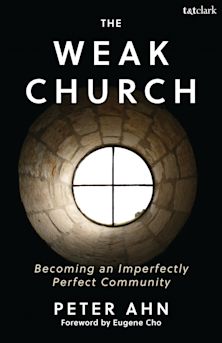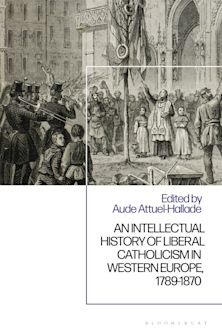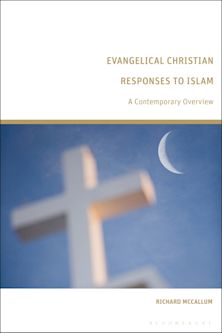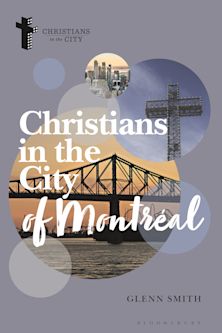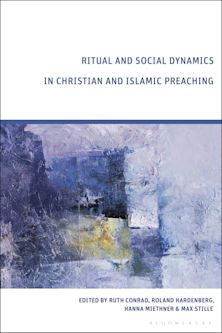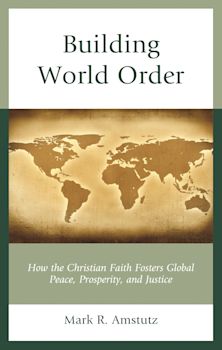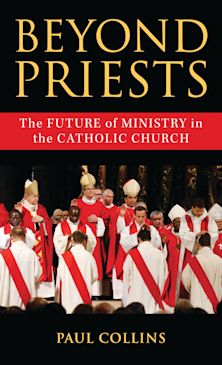- Home
- ACADEMIC
- Religious Studies
- Christianity
- Bending Toward Justice
Bending Toward Justice
Sr. Kate Kuenstler and the Struggle for Parish Rights
Bending Toward Justice
Sr. Kate Kuenstler and the Struggle for Parish Rights
- Delivery and returns info
-
Free US delivery on orders $35 or over
You must sign in to add this item to your wishlist. Please sign in or create an account
Description
Bending Toward Justice tells the story of the rampant closings of Catholic parishes across the United States and documents the courageous advocacy of Sr. Kate Kuenstler and hundreds-indeed thousands-of ordinary Catholics whose persistence charted a new course in canon law. Sr. Kuenstler's expertise eventually gave increased leverage to the laity-and their parishes-in the struggle to preserve their parish homes, especially in ethnically diverse and poor neighborhoods. In 2012, after what Catholic pundit Rocco Palmo described as “the most ferocious and bitter parish planning face-off the Stateside church has seen in the last quarter century,” Rome ordered Cleveland's Bishop Richard Lennon to re-establish 12 parishes he had wrongly closed and reopen their churches. It was an unprecedented victory. For the first time, Rome ordered a bishop to restore a large number of suppressed parishes as well as reopen their churches. The Vatican powerfully upheld the rights of Catholics in those parishes to have an appropriate voice in determining the future. This book offers an inside view into the wholesale closing of too many vibrant Catholic parishes in too many neighborhoods.
Table of Contents
Chapter One: Context - A Church in Crisis
Chapter Two: Seeds of a Prophetic Life
Chapter Three: Canon Law Studies in Rome
Chapter Four: Catholics Discover They Have Rights
Chapter Five: Advocate for the Laity- St. Mary Jamesville, NY
Chapter Six: Making a Way Where There Was No Way
Chapter Seven: In the Diocese of Cleveland, Catholics Rise Up
Chapter Eight: Parishioners Persevere
Chapter Nine: A Landmark Ruling – Rome Upholds Cleveland Appeals
Chapter Ten: Bringing Forth a Harvest
Chapter Eleven: “Making All Things Revenue” – Archdiocese of New York
Chapter Twelve: Perseverance, Pain, and the Will of God
Epilogue
Bibliography
Index
About the Author
Product details
| Published | Dec 17 2024 |
|---|---|
| Format | Hardback |
| Edition | 1st |
| Extent | 268 |
| ISBN | 9798881800475 |
| Imprint | Sheed & Ward |
| Illustrations | 14 BW Photos, 2 Tables |
| Dimensions | 9 x 6 inches |
| Publisher | Bloomsbury Publishing |
About the contributors
Reviews
-
This book adds depth and color to the struggles for equality and justice.
Women's Alliance for Theology, Ethics and Ritual (WATER)
-
Bending Toward Justice offers the compelling story Sister Kate Kuenstler, a midwestern U.S. nun who used her training in the Church's legal system (Canon Law) to awaken Catholics-from average churchgoers all the way through the popes-to the rights of lay Catholics. Once again, and with punch, the book raises the question-where would the church be without its sisters? A warm and fitting tribute to Kuenstler as a true leader of the church, the book also promises to inspire Catholics to take ownership of their faith and their parishes as scenes of communal meaning, power, and justice.
John C. Seitz, associate professor at Fordham University; author of No Closure: Catholic Practice and Boston's Parish Shutdowns
-
Through the text Bending Toward Justice, Sr Christine Schenk captures well Sr Kate Kuenstler's love for the Church alongside her fight for just treatment of the laity when bishops overstepped. It presents this canon lawyer's walk of the thin line between directness and discretion, criticism of the Church with loving respect, and the unrelenting quest for justice for its faithful when their parishes were threatened by unlawful closure.
Sr Judith Diltz, PHJC, General Superior of the Poor Handmaids of Jesus
-
The shift in the demographics of Catholics as well as the changing number of priests to serve as pastors in the decades since the 1960s led to a serious situation of what to do with the many parishes erected in dioceses. Out of necessity, dioceses had to make decisions to close and/or combine parishes. But these decisions often caused loss of identity for the parishioners who held the impacted parishes as a central piece of their lives. A parish is more than property and a pastor. It is where the parishioners are formed and sustained in their faith lives. Decisions to close parishes have to involve the parishioners from the very beginning of the consideration and need to be based on more than what are practical business choices. This text presents well the painful journey of this decision-making and information on how the Church's canon law provides means of recourse for parishioners who experience being left out of the conversation to close their parish. It is well-worth reading.
Lynn Jarrell, OSU, canon lawyer, member of the Ursuline Sisters of Louisville, KY
-
This compelling narrative invites readers to reflect deeply on the authentic meaning of ecclesial community: a church not constrained by bureaucratic structures and rigid norms but one that truly incarnates God's presence in the lived experiences of its people.
National Catholic Reporter








